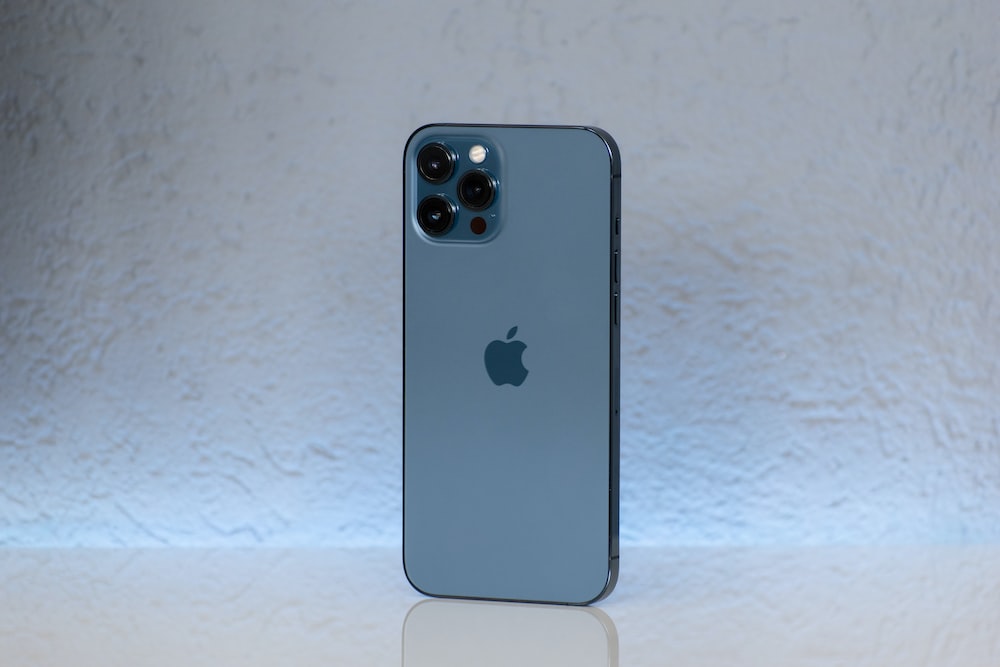In the ever-evolving landscape of the internet, web design stands at the forefront of innovation and creativity. As digital technologies continue to advance at a rapid pace, the future of web design promises to be both exciting and transformative. In this article, we delve into the emerging technologies and trends that are shaping the future of web design, offering insights and strategies for staying ahead of the curve.
AI-Powered Design
Artificial Intelligence (AI) is revolutionizing the way websites are designed and developed. AI-powered design tools leverage machine learning algorithms to analyze user behavior and preferences, allowing designers to create highly personalized and engaging user experiences. From automated layout generation to predictive content recommendations, AI is empowering designers to streamline the design process and deliver more intuitive and dynamic websites.
Responsive and Adaptive Design
With the proliferation of mobile devices and varying screen sizes, responsive and adaptive design has become essential for creating a seamless user experience across all platforms. Responsive design ensures that websites automatically adjust their layout and content to fit the screen size and resolution of the device being used, while adaptive design takes this a step further by customizing the user experience based on factors such as device type, location, and user preferences.
Immersive User Experiences
As virtual and augmented reality technologies continue to mature, we are witnessing a shift towards more immersive and interactive user experiences on the web. From 360-degree videos to interactive product demos, these immersive technologies are opening up new possibilities for engaging users and conveying information in more compelling ways.
Minimalism and Simplicity
In an age of information overload, users are increasingly drawn to websites that embrace minimalism and simplicity in their design aesthetic. Minimalist design focuses on removing clutter and distractions, allowing users to focus on the essential elements of a website and navigate with ease. By adopting a minimalist approach to web design, we can create more intuitive and user-friendly experiences that resonate with modern audiences.
Voice User Interface (VUI)
The rise of voice-enabled devices such as smart speakers and virtual assistants has given rise to the emergence of voice user interface (VUI) design. VUI design focuses on creating intuitive and conversational interactions between users and digital interfaces, enabling users to interact with websites using natural language commands and voice inputs. As voice technology continues to gain traction, we can expect to see more websites incorporating VUI design to enhance accessibility and convenience for users.
Accessibility and Inclusivity
Inclusivity should be at the forefront of our minds when designing websites, ensuring that they are accessible to users of all abilities. This means incorporating features such as alternative text for images, keyboard navigation, and high contrast color schemes to accommodate users with disabilities. By prioritizing accessibility in our designs, we can create more inclusive and equitable online experiences for everyone.
Data-Driven Design
Data analytics plays a crucial role in informing our design decisions and optimizing user experiences. By leveraging tools such as heatmaps, click-tracking, and A/B testing, we can gain valuable insights into user behavior and preferences, allowing us to make data-driven improvements to our designs. By continuously analyzing and iterating based on user feedback, we can ensure that our websites evolve to meet the changing needs and expectations of our audience.
Conclusion
The future of web design is a dynamic and ever-evolving landscape, driven by innovation and creativity. By embracing emerging technologies and trends such as AI-powered design, responsive and adaptive design, immersive user experiences, and minimalist aesthetics, we can create websites that captivate and engage users in new and exciting ways. By prioritizing accessibility, inclusivity, and data-driven design principles, we can ensure that our websites are not only visually stunning but also functional, intuitive, and accessible to users of all abilities.




